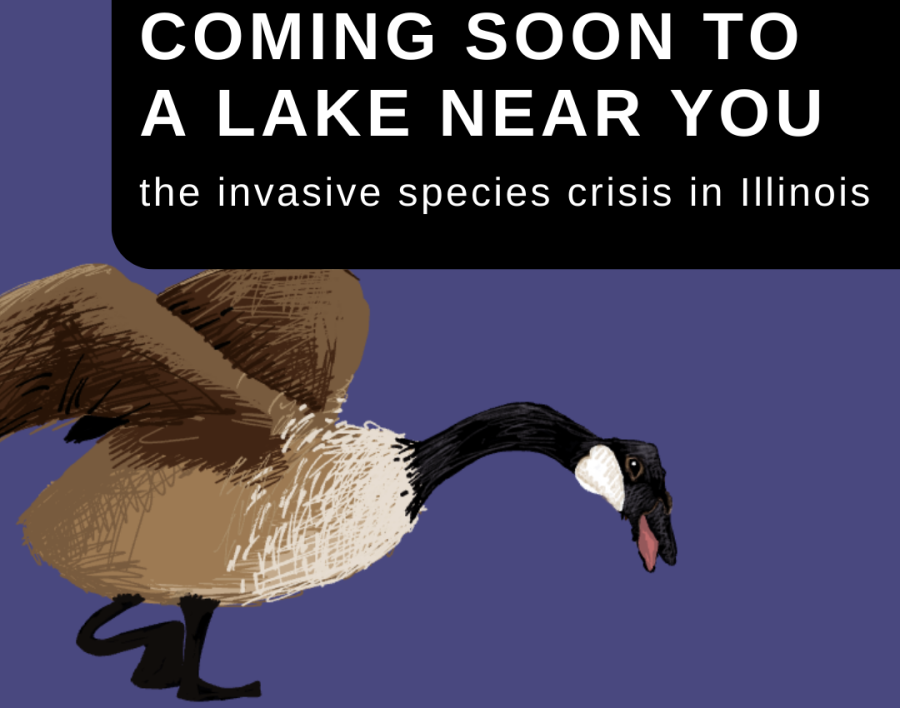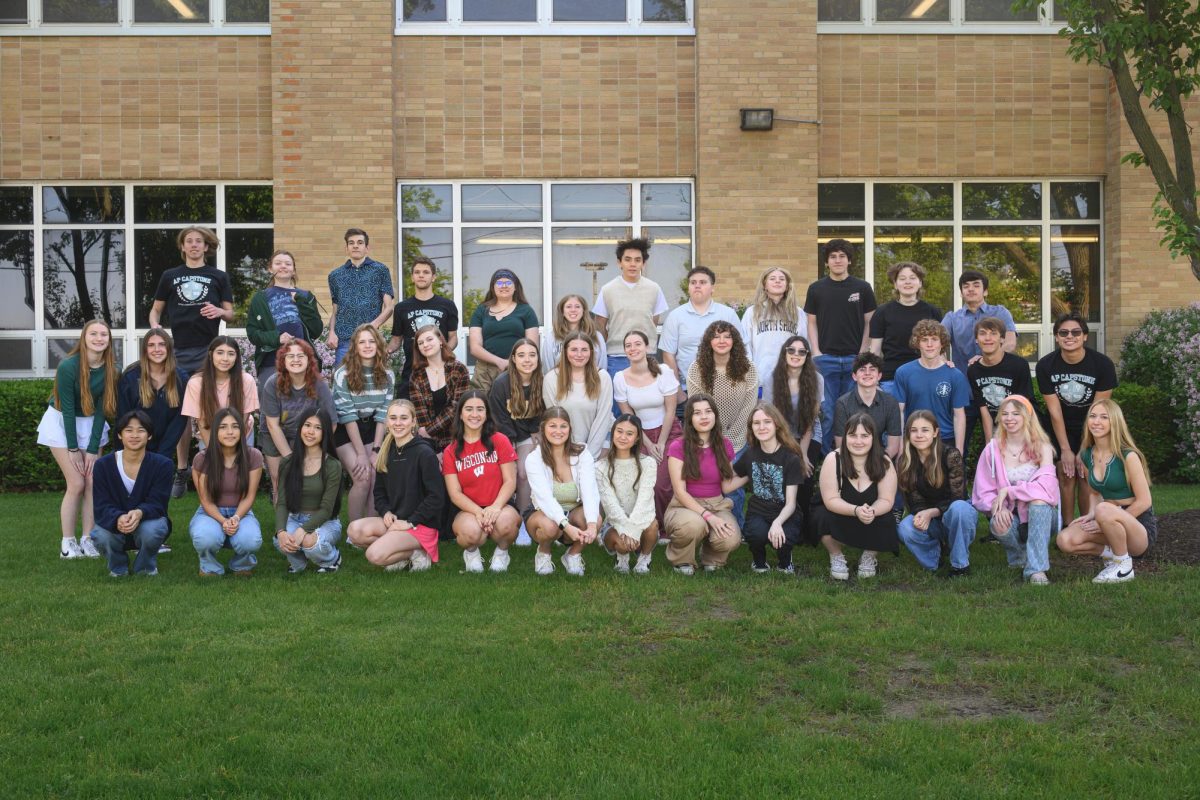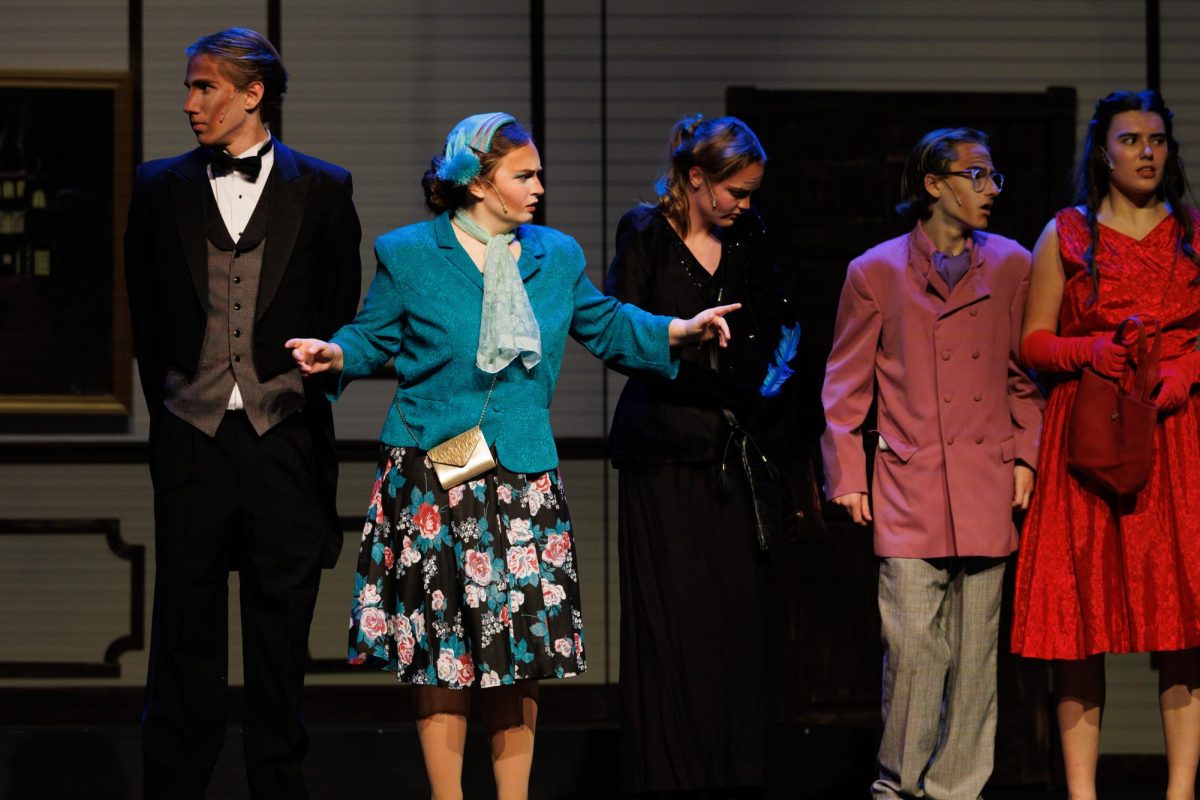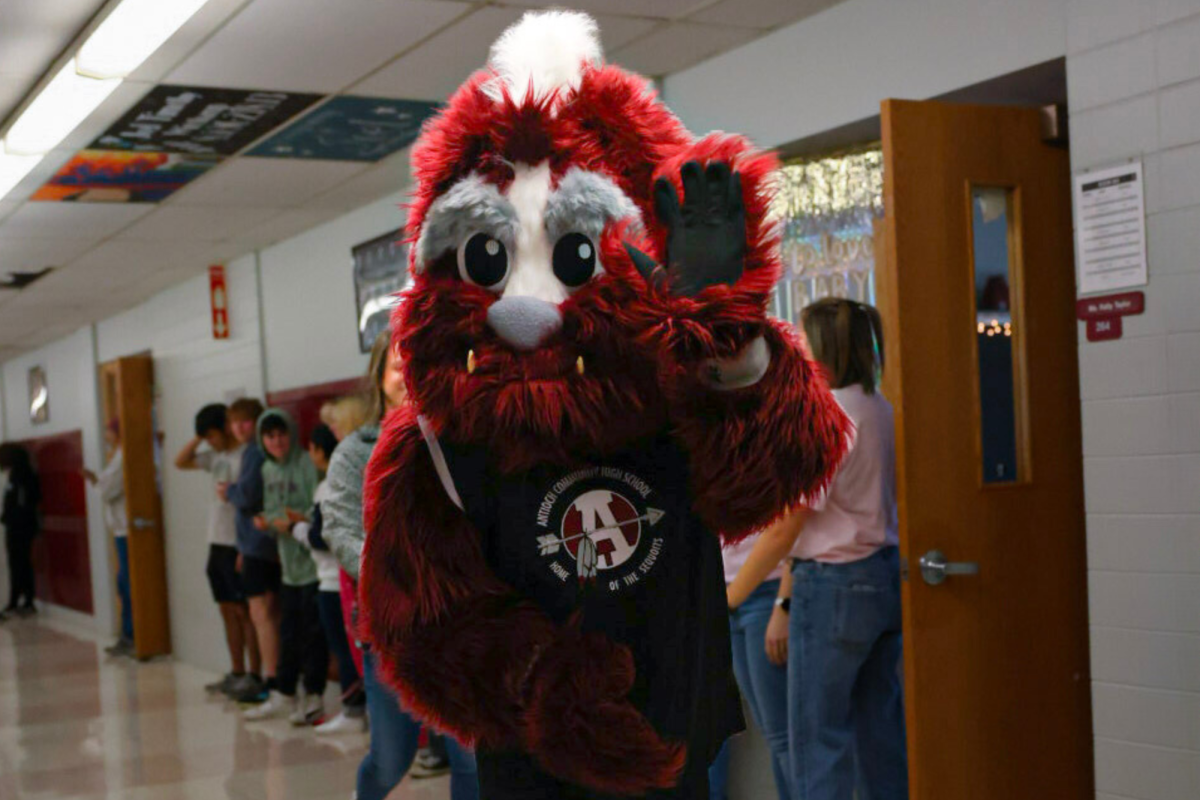Like many midwest towns, Antioch Ill. is surrounded by forests and lakes which house a clutter of wildlife and are put at risk by invasive species. According to the Illinois Department of Natural Resources, an invasive species is one that is not native to a particular area and that does or likely will cause damage to the environment. The invasive species in Illinois jeopardize native species to the point of extinction, therefore as Illinoians, it is our collective responsibility to protect the native wildlife of Illinois.
First, the plights of Lake Michigan. Due to Lake Michigan’s popularity and alliance with the other Great Lakes it has become a home to a menagerie of foreign species, dragged into the lake through uncleaned boating and fishing equipment. The invasive species brought into Lake Michigan pose a uniquely detrimental threat to Chicago and Illinois’ native aquatic life.
According to the Milwaukee Journal Sentinel, one of the most invasive aquatic animals brought into Lake Michigan through uncleaned ballasts is the Zebra Mussel. The danger of zebra mussels is that they reproduce at extreme rates and stick to the bottoms of boats, marina equipment and beaches. According to Milwaukee Journal Sentinel, within months of their discovery, there were billions in the Great Lakes. Unfortunately, communities and companies have had to spend billions of dollars trying to clear them out of industrial and utility intake pipes. Their intense population is extremely detrimental to the Chicago area.
There are several invasive fish species in Lake Michigan. According to the Wisconsin Department of Natural Resources, these include but are not limited to Alewife, Big Head Carp, Rainbow Smelt, Ruffe, Round Goby, Silver Carp, Sea Lamprey and White Perch. Invasive fish compete with native species for food and nesting places, competition that can deplete native aquatic life.
An invasive bird in the US, and certainly the Antioch area, is the Canadian Goose, which is notorious for polluting the neighborhood Nuehaven. According to Ohio Invasive Species Control, their droppings create not only messes on the sidewalks but also add unwanted nitrogen to the soil. Additionally, Canadian geese are infamously aggressive during the nesting season and can often be found hissing at members of the public who get too close to their nesting sites.
Dr. Katherine O’Reilly is an Aquatic Invasive Species Specialist. Her work focuses on educating the public about invasive aquatic life, as she believes that one of the most important steps to preventing invasive species from endangering native wildlife is to be informed of which invasive species to look out for.
“The biggest problem with invasive species is that it can be really, really difficult if not impossible to control them once they become established somewhere,” O’Reilly said. “So prevention is really our biggest tool that we can use to protect native aquatic life.”
Protecting native wildlife is a responsibility that falls to every member of the Antioch community. According to Alliance for The Bay, to stop the spread of invasive species make sure to clean boating and hiking equipment, do not move firewood, use native bait when fishing and volunteer at invasive species removal services if possible. For more information visit Alliance for The Bay.















